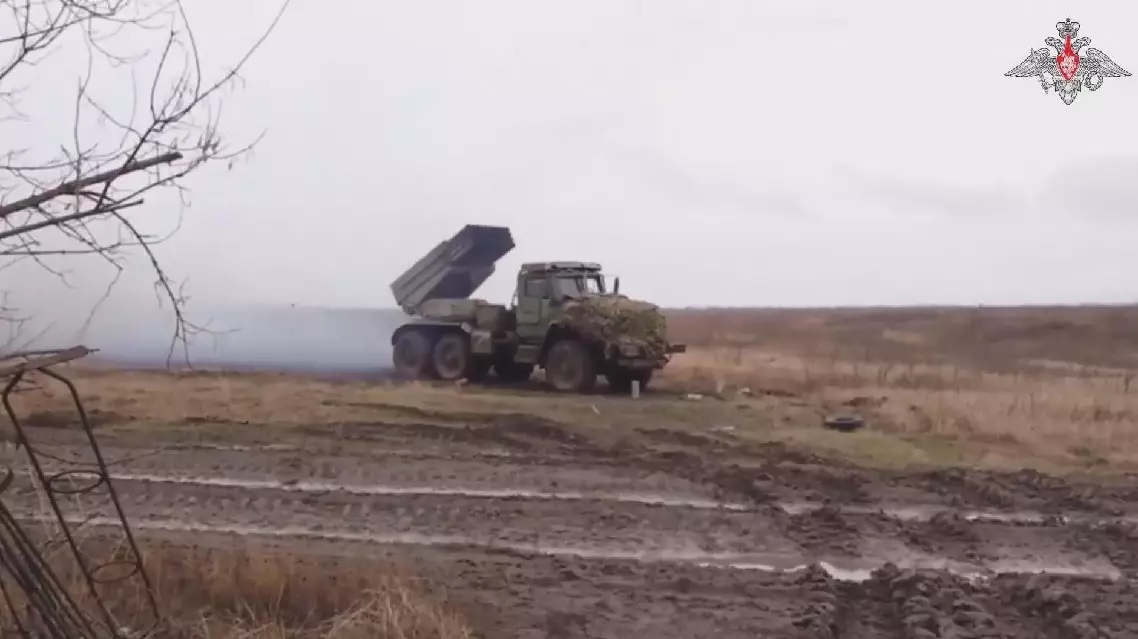Authorities and farmers in east China are striving to secure a bumper harvest through scientific approach.
In Taizhou City of east China's Jiangsu Province, smart technology is being leveraged to support the growth of over 2.7 million mu (180,000 hectares) of rice, which is currently in the fruiting stage.
As effective management of diseases and pests is crucial during this period, farmers are using drones for efficient and precise spraying operations, and monitoring crop development.
Based on the analysis of the data collected by drones, agricultural experts are able to develop tailored field management strategies for farmers.
"With the use of digital technologies such as the Internet of Things and big data, drones can autonomously monitor crop growth and manage fields in real-time," said Chen Cheng, a local drone operator.
In an agricultural demonstration park in Huzhou City, east China's Zhejiang Province, the practice of cultivating rice together with black-spotted frogs has proved successful, with healthy rice growth accompanied by the cheerful croaking of frogs in the fields.
This symbiotic approach benefits both crops and frogs: the fields serve as feeding grounds for the frogs, who eat pests. In return, the frogs' feces helps fertilize the fields for the rice to grow.
At the Weishan Lake, a crab breeding base in Jining City of east China's Shandong Province, farmers are celebrating a crab harvest. Nets filled with crabs are brought ashore, sorted, packaged, and sent to market.
Local farmers have adopted advanced crab breeding technology that allows for real-time monitoring of water temperature and quality in the lake, along with intelligent early warnings for aquatic diseases.
"The water quality of the Weishan Lake is improving significantly. My 50 mu (about 3.33 hectares) of crab pond is seeing a bumper harvest, and this year's orders are much higher than in previous years," said a local crab farmer.

East China provinces secure bumper harvest with scientific methods









